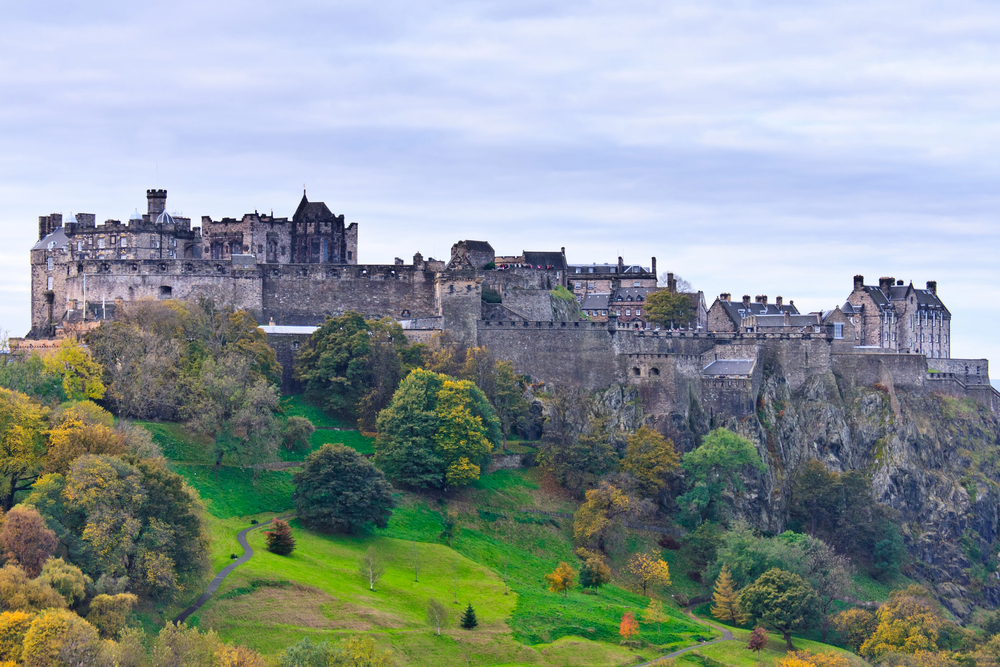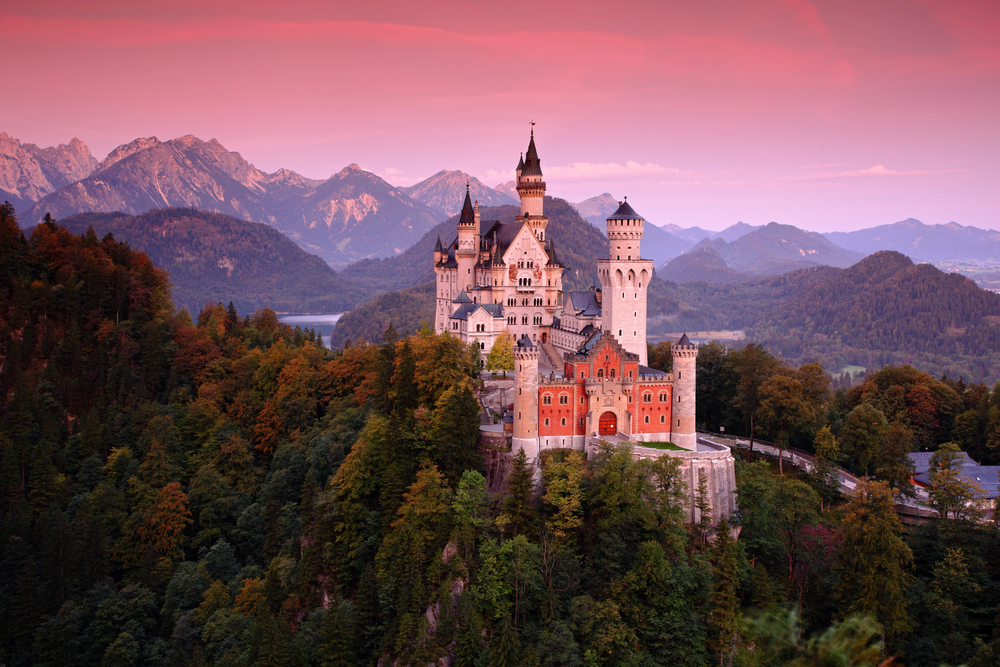The Fascinating Backstories of the World’s Most-Visited Castles
Bryson Jenkins
2025-10-31
6 min read

From towering turrets to haunting hallways echoing with whispers of the past, castles have a way of capturing the imagination like little else. These architectural marvels are much more than beautiful backdrops for postcards and historical dramas. They symbolize centuries of human ambition, fear, and artistry, each with a unique story just waiting to be unraveled. Today, we’ll explore the fascinating histories of some of the world’s most-visited castles, uncovering the tales of grandeur, betrayal, and innovation that lie hidden behind their ancient walls.
Neuschwanstein Castle A Dreamer’s Legacy
Enshrouded by the Bavarian Alps, Neuschwanstein Castle looks like it was pulled straight from a fairy tale. Built in the late 19th century by King Ludwig II of Bavaria, its romantic design was intentionally crafted to mimic the dreamy allure of medieval European castles. But Ludwig’s motivations were just as eccentric as the castle itself. Dubbed the “Mad King,” he was deeply inspired by the works of composer Richard Wagner, whose operas were infused with medieval mythology. Neuschwanstein was Ludwig’s personal homage to these tales, envisioned more as a retreat than a fortress. The castle was never completed, as Ludwig’s mysterious death in 1886 halted construction. Today, it stands as a testament to his extravagant vision and serves as one of the most beloved attractions in the world, drawing over 1.4 million visitors annually.
Edinburgh Castle The Fortress on the Rock
Perched atop Castle Rock, an ancient volcanic formation in Scotland, Edinburgh Castle dominates the city skyline and Scottish history itself. Its origins trace back to the Iron Age, making it one of the oldest fortified places in Europe. Over centuries, it became a royal residence, military fortress, and the epicenter of bloody battles. A particularly riveting chapter in its story involves the Wars of Scottish Independence. The castle changed hands multiple times between Scottish forces and English invaders, each seeking to claim this strategic stronghold. Today, highlights like the Stone of Destiny, the Honors of Scotland (the crown jewels), and the famous One O’Clock Gun draw millions of history buffs to its gates each year. The blend of military might and resilience keeps Edinburgh Castle as one of Scotland’s most cherished icons.
Château de Chambord The Pinnacle of Renaissance Extravagance
Nestled in the lush Loire Valley of France, the Château de Chambord is pure regal splendor. Built in the 16th century by Francis I, the château was more than a royal residence; it was a symbol of power and architectural innovation during the French Renaissance. Though its 400-plus rooms and distinctive French architecture, adorned with sculpted chimneys and turrets, capture visitors’ attention, it is the double helix staircase that sparks the most awe. Designed by none other than Leonardo da Vinci, who briefly worked in France under the king’s patronage, the staircase allows two people to ascend or descend without crossing paths. Despite its grandeur, Chambord was rarely used as a permanent residence. It functioned more like an elaborate hunting lodge for royal excursions. Yet, its beauty and unique design make it one of the most photographed castles in the world today.

Windsor Castle A Living Piece of History
Unlike many castles that are relics of the past, Windsor Castle remains a working royal residence and the longest-occupied palace in Europe. For nearly a thousand years, it has been a site of pomp, circumstance, and adaptation. Originally built by William the Conqueror in the 11th century as part of a network of defensive fortifications, Windsor Castle gradually evolved into a symbol of royal prestige and power. It has weathered significant events in English history, including the English Civil War and the bombing raids of World War II. Today, it serves as both a tourist hotspot and a functioning residence for the British monarch. The Changing of the Guard, the spectacular State Apartments, and the rich wealth of history make Windsor Castle a captivating blending of past and present.
Himeji Castle Japan’s White Heron
Moving across continents to Japan, the mesmerizing Himeji Castle beckons with its pristine white walls and elegant design. Known as the “White Heron Castle,” its appearance is said to resemble a bird in flight, embodying tranquility amidst its sturdy fortress structure. Dating back to the early 17th century, Himeji Castle is widely regarded as Japan’s finest surviving example of traditional samurai architecture. Unlike European counterparts, it emphasizes a delicate balance of beauty and practicality. With winding paths leading to the main keep designed to confuse intruders, its fortification is a clever blueprint of strategic defense. A UNESCO World Heritage Site, Himeji Castle today is a global treasure, drawing visitors from far and wide to admire its architectural finesse and perfectly preserved interiors that reflect Japan’s feudal era.
Castles as Timeless Windows into History
The castles we’ve explored are not simply stunning relics; they are living archives of human history. They narrate tales of kings and queens, of conflicts and triumphs, and of the boundless creativity that shaped civilizations. One can’t help but marvel at the resilience of these structures and the stories they continue to share. If you find yourself standing before one of these remarkable fortresses, take a moment to soak it all in. You’re not just admiring stone walls and spiral staircases. You’re stepping into a world where centuries of history whisper their secrets and inspire awe



